In this business management best practices article, you will learn how to effectively run your operations in a way that’s conducive to growth and success. Remember, great business leaders are always searching for new trends and strategies on how they can manage their businesses better.
Times have changed, and business owners’ short and long-term problems are now more challenging than ever. Fortunately, the best practices for business management listed below will help address the up-to-date challenges that management faces today.
So if you want business improvement and success, continue reading below. Don’t miss out on a single one to achieve the best results.
The Importance Of Business Management

Business management might look easy on paper, but there’s actual science behind it. Learning it is not a walk in the park, but the best practices under it can be implemented with enough research and understanding.
The term business management encompasses a wide variety of business activities. It covers operations associated with customers, administration, supervision of employees, and even the business’s accounting side.
Without learning business management, an owner might struggle with how to run his operations. He will face many challenges that can negatively impact his company or worse close down his business.
So to make this content worth your time, we’ve listed the best business management practices in 2022. The points listed below will help you run much smoother business operations optimized for success.
10 Business Management Best Practices
The best practices enumerated below are updated and curated to address newer business and management problems that owners face.
1. Make Your Employees Happy
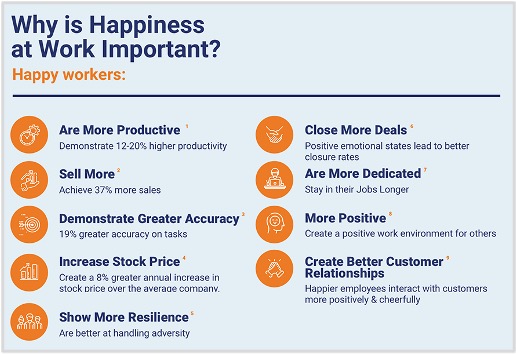
Let’s start with your employees. They play a vital role when you want to achieve business success. Employees are the ones that are on the field – they engage with your market, and they do your day-to-day operations. So it’s only fitting that you start with their happiness.
According to a Gallup report, 51% of employees are not engaged, and 13% are actively disengaged, which means that these employees are miserable at work and spread negativity in the workplace.
That 51% is alarming, but that 13% of actively disengaged employees are a threat to your business. Why? Because when negativity is spread among your workforce, you will see a sharp decline in productivity and conversion – two important aspects of business growth.
So how do you make sure that this doesn’t happen to your employees? How can you make them happy in your company? Take note of the strategies below.
1.a Work-Life Balance
Respect boundaries after work hours. You need to let your employees do things they love aside from work-related tasks. Let them have time for their hobbies, friends, families, and other things. Don’t email them in the middle of the night for work-related matters – let them have their rest time.
An employee with an outstanding work-life balance is motivated and happy to go to work because they get to do a job they like while having time for other activities. They won’t dread going to work because they have satisfied their other personal needs.
1.b Give Credit Where It’s Due
Employees will feel motivated when the management acknowledges their hard work and effort in their jobs. StudyFinds shared that 59% of employees mentioned never having a boss who truly appreciates their work. It’s a sad statistic, but it’s unfortunately true. There is a lot of data that surrounds this fact.
Fortunately, you don’t have to be one of those bosses. You could be an appreciating one that genuinely appreciates all the effort your employees make. You don’t have to go all out in showing your gratitude; a simple thanks or recognition in your meetings would go a long way for them.
1.c Implement Goals With Rewards
Employees feel more engaged, happy, and motivated when working towards something. It will feel like their tasks play an essential role in something bigger. This will make them more productive and feel more positive at work.
In addition to setting up goals, add some rewards to the mix. This will make your employees feel motivated to do their work. This will also start a friendly competitive vibe in your workplace, which is excellent for increased productivity.
2. Hold Productive Meetings
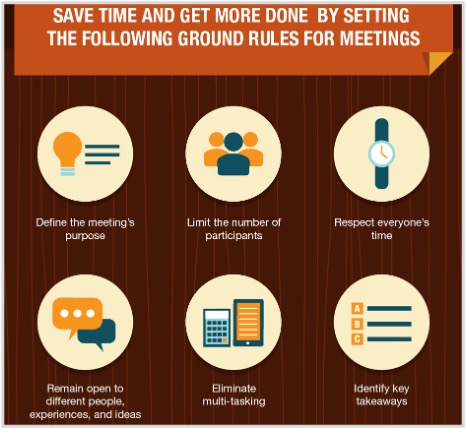
Holding productive meetings is an essential activity to be on the same page with everyone in your company. Don’t just hold meetings for their sake; conduct meetings to know where you are in the different aspects of your business.
Let every department report on essential updates and progress. Ask how you and the other departments can help. This not only supports teamwork but also keeps you up to date on important aspects of your operations.
When holding productive meetings, make sure to have an agenda and enough time for clarifications and suggestions. Try using meeting management software; it usually simplifies the whole process and helps with your time management strategies.
Webisoft, a software development company, advised us on how to conduct productive meetings. According to them, the key point is to involve as few people as possible in the meeting. You can assign the head of each department to go to the meeting and act as the representative of their department. When the meeting is done, they can disseminate to their team the important information from the meeting.
To make your meetings even better, ask for feedback from the attendees. Through this initiative, you will get an idea of what makes the meeting more engaging for them. You will understand how to get their attention better and fully immerse during these sessions.
3. Conduct Regular Employee Training
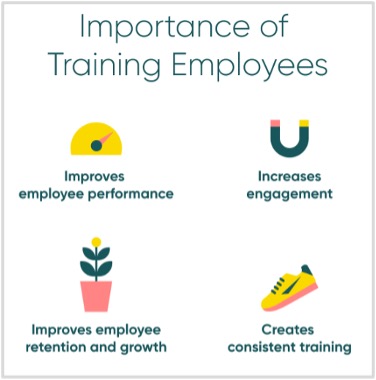
Since your employees are one of the most crucial parts of your whole operations, it’s only right that they receive proper training and education. Not only are they part of your backend operations, but they also play an essential role in convincing prospects and boosting sales.
For example, if you run a costume and lingerie store, how could your employee convince prospects that you have the best products? Can they use your product management software efficiently? Are they aware of the materials you’ve used? Have they read up on new trends to make your product relatable?
Training in skills, leadership, communication, and product mastery are things that your employees can learn to be the most efficient version of themselves at work. Having an excellent working knowledge of these things allows them to be capable of handling their everyday work problems and finding the solutions to them.
This makes you more confident that they are skillful enough to manage customer complaints, convert a prospect, and retain a paying customer. You can also have more faith in employees working in the background. These could be your accounting team, administration department, HR, data processing, and others.
You could focus on more important things on your agenda with less supervision. You can be more effective in helping the company’s growth or making stronger bonds with your network.
4. Listen To All Aspects Of Your Business And Act On It

As the great Richard Branson said: “Listen more than you talk. Nobody learned anything by hearing themselves speak.” This could be applied to almost everything in life but since we’re on the topic of business management, use this when handling your operations.
So how do you listen as a business owner? Well, we can start with your employees. You can implement a feedback form or a suggestion box to listen to your employees. Allow them to send in their feedback anonymously. This will give them more confidence to write down their thoughts.
When asking for feedback from your employees, tell them not to hesitate to give suggestions, ideas, and criticism. Welcome all of these things and read them without any bias. This is a great way to understand how you can improve the operations that your employees would love to be in. It’ll also help you determine who can provide insightful feedback you can leverage later on.
The next group of people you should listen to would be your customers. Obviously, they play an important role in your business journey, so it’s only right that you also get to hear their thoughts as well.
The same thing can be applied here – you can use a feedback form or a suggestion box. However, most customers won’t take time off their day to write something for your business. This is why most businesses add a little extra incentive for people who can do this task.
Some businesses would give them a voucher, a discount, a free shipping code, or a small gift token. Sometimes this is enough to motivate customers to share their thoughts and ideas with you.
The last part of this initiative would be acting on the suggestions of your employees and customers. You can’t start this and not implement some changes in your work. People will be quick to realize it, and it might negatively affect your leadership.
Make sure to implement the necessary suggestions. This will please both your employees and customers.
5. Provide Constructive Feedback To Employees
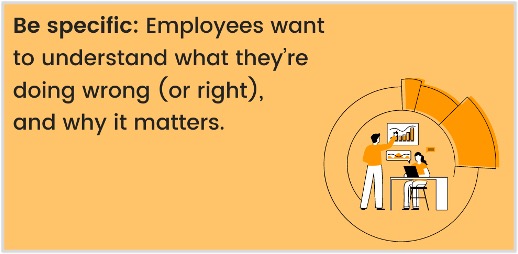
Day-to-day operations and team dynamics won’t be perfect all the time. There will be good and bad days. The bad days shouldn’t be just forgotten or overlooked. It should be studied and checked.
There will also be times when your employees will underperform or aren’t as productive as they once were. This could be easily solved by talking to them. Give your feedback and present solutions on how they can be better.
It is important to remember not to talk down on your employees. They probably already have low morale, and you don’t need to step and trample on it. A great leader always gets their team members back on their feet.
When giving constructive feedback, here are some strategies that you can follow.
5.a Give A Balanced Perspective
Don’t focus too much on the negative; present a balanced perspective and an unbiased one. State the things they’ve done right as well. Explain how their wrong actions can be changed with some tweaks on how they do things.
5.b Give The Employee The Chance To Respond
To make this not a one-way conversation, give the employee the chance to respond. There might be a good reason for poor performance or bad behavior. It could also be because of a simple misunderstanding. So it’s always good to hear your employee’s side.
5.c Provide Solutions
When you’re pointing out the wrongdoings of an employee, make sure to provide solutions as well – that’s what makes feedback efficient. You can highlight the solutions if you want but still, tell them what they did wrong or what they could’ve done better.
6. Be Up To Date With Business Tools
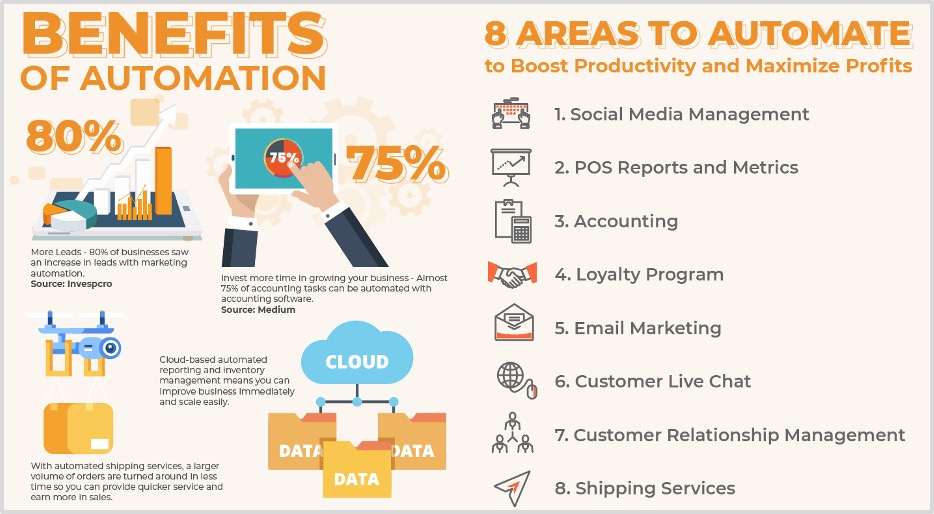
This is one aspect of today’s business management practice that owners and management overlook. They think that this is another unnecessary business expense since their operations are just doing fine.
That type of thinking has gotten some operations out of business because they never bothered to adapt to the ever-changing business landscape. So if you want to manage your business efficiently, be up to date with business tools that make your processes faster and more efficient.
Use project management software, customer relations management systems, and other automation tools to rid manual processes and be more efficient in various business operations. Consider this as an investment for your business growth.
This is why some owners hire dedicated development teams like Java or Python developers to create a personalized system tailored to their business’s needs. This is usually the case for enterprise-level organizations.
Once you’ve implemented a new business tool in your operations, whether in sales, marketing, or accounting, there will always be a learning curve. But after all the beginner mistakes are made, watch how your employees become more productive in their work. These new business tools are created just for that – to increase productivity and efficiency.
What was once tedious and time-consuming manual work can now be automated and be done more efficiently by software. This makes your employees more productive and efficient.
To know the latest business tools, podcasts can be a great source of information. Some shows teach their listeners about all things podcast software, the best marketing CMS, the most useful accounting tools, etc. Publications are a great source as well. Some publications reveal what the big companies use in their operations.
Investing in these tools will be a great addition to your business. It will significantly help in improving the productivity of your employees.
7. Set Clear Goals
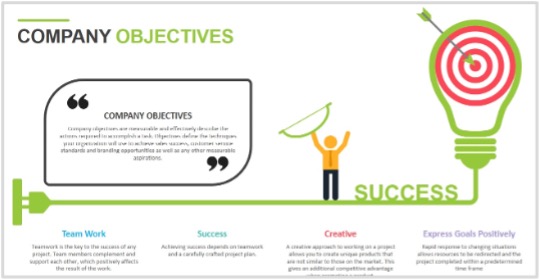
Most company goals before are too vague and broad. These objectives don’t motivate today’s employees because workers like to strive for something specific. Ambiguous and unclear goals could be:
- Increased revenue
- Improved sales
- Be more productive with marketing
- Hire more employees
- Implement a new work structure in the company
- Be better this year
- Improve customer feedback
These types of goals must have worked back then, but this won’t be effective enough in today’s time. Set a clear target instead of being too general and vague with your goals. For starters, you can be guided with SMART goals.
SMART stands for Specific, Measurable, Achievable, Relevant, and Time-bounded. This guide to goal setting was designed to make goals more specific and within reach.
When setting your business goals, remember to name the number you want to achieve, and be specific on what you want to happen. That is how you create better and clearer goals.
Instead of the ones above, be more specific like the ones below:
- This year’s revenue should be 10x from last year’s figures.
- Hit a million sales on the digital copies of our eBook and 250,000 sales on each upsell that we do.
- By the end of the year, we should have made 10 marketing campaigns with above-average metrics compared to all previous campaigns.
- Let’s hire 20 more employees this year that have an average rating of 8 from our tests and interviews.
- Let’s implement a hybrid work structure wherein employees can work from home three times per week and need to go to the office two times per week.
- Our goal on the customer experience side of this would be 1,000 positive reviews coming from different review platforms and from our social media accounts.
Stating specific goals like the ones above will make your employees more motivated with their work. This is because they have a figure in mind that they need to reach along with their department.
What’s excellent about clear goals would be that the progress is quantifiable. You can see if you’re making progress and how close your team is to reaching the department goals.
8. Celebrate Success
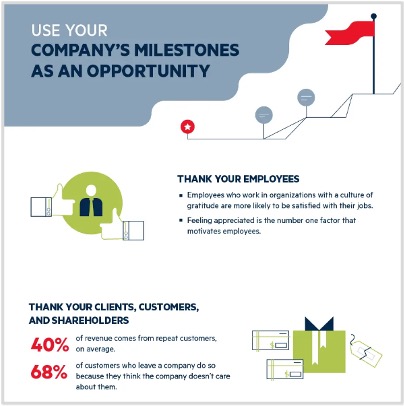
This is a great business management practice that every business owner should start doing — celebrating success, whether big or small, will make employees delighted and motivated at the same time.
They’ll be happy to see the business win and achieve milestones. The celebration can even be because a certain employee hit a goal or an individual business-related goal. An example of this could be closing 30 clients in the first quarter of this year.
This initiative can also spark motivation because employees want to be celebrated when they achieve a goal. This motivates them to be as productive as ever.
9. Team Building Activities
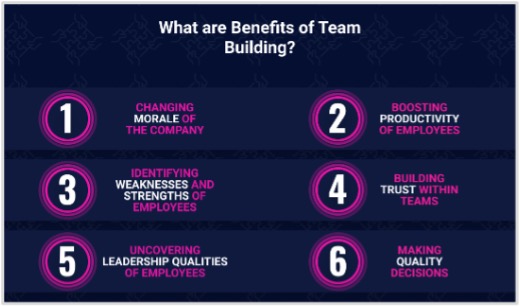
Never underestimate the benefits of what a team-building activity can do. It’s one of those initiatives that have stood the test of time. Team building activities prove that it’s a great way to boost employee camaraderie and strengthen the relationship with one another.
So how is team-building done nowadays? The traditional way of doing this still works. This means holding activities outside the office, somewhere relaxing. The venue could be a beach, a rented rest house, or a big, wide-spaced area.
If you want to do things differently, you can resort to going online. Some different games or activities can be done virtually – a virtual escape room, murder mystery, charades, and many more.
Doing these things allow your employees to work on their teamwork which hopefully can be translated come work time in the office. It can also be a getting-to-know-you-better for people from every department. This can strengthen the relationship between one department and another.
10. Lead By Example

And probably the oldest and yet the most effective business management practice that every owner should do is to lead by example. You can’t be a leader if you just command your employees to do this and that.
People appreciate leaders who work alongside them or show them how it is done. They don’t see people who only command by words as a leader. People who lead through their own actions are the leaders in the workplace.
Conclusion
We aim to do the best business management practices because we only want what’s best for our business. We are in constant search of how to improve our operations for better business processes and stable business growth.
Although it might be overwhelming to implement these 10 practices immediately, you can always begin gradually. As a start, you can make employees happy first. Since they are the ones who work your daily operations, their happiness, satisfaction, and motivation can be your priority.
Which of the best business management practices have you started doing already? How did it benefit you? We’d love to hear your thoughts.












Comments